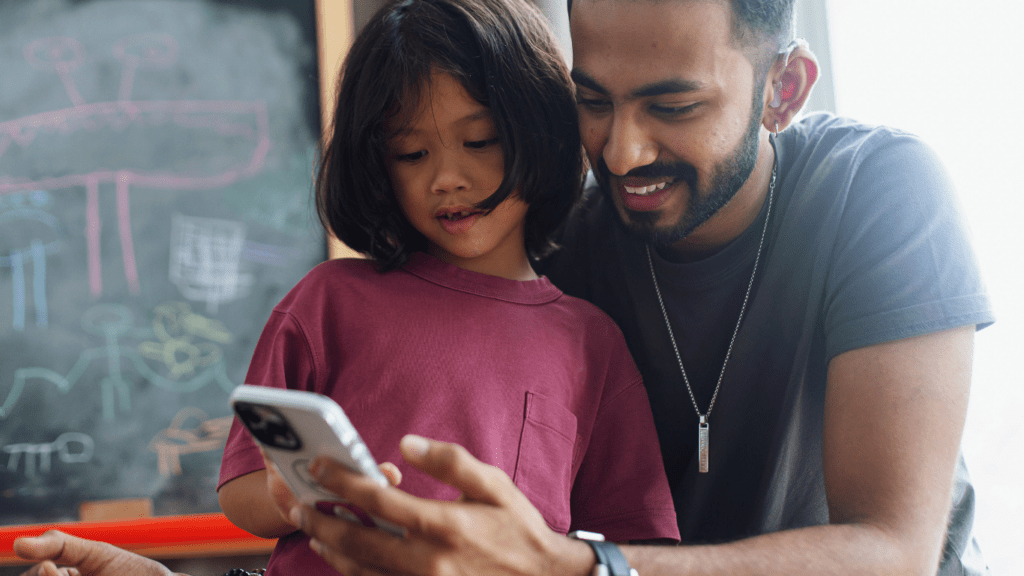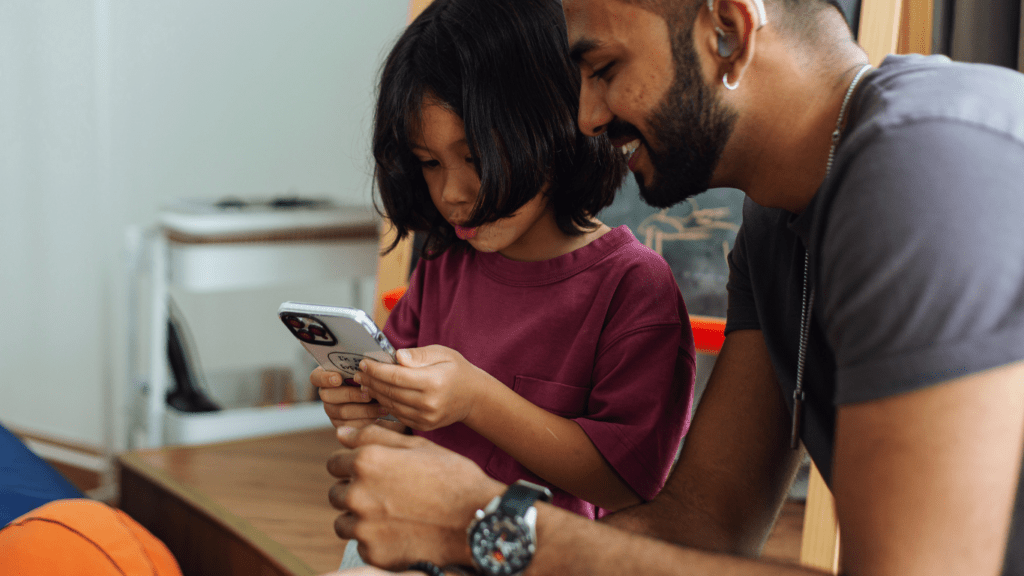In today’s fast-paced digital world, managing screen time feels like an uphill battle. I’ve found myself caught in the cycle of endless scrolling and binge-watching, often losing track of time and neglecting the real-life connections that matter most.
With screens dominating our daily routines, it’s crucial to take a step back and evaluate our digital habits. Creating a balanced digital diet isn’t just about cutting back; it’s about finding harmony between online and offline experiences.
I’ll share practical tips and strategies that helped me regain control over my screen time, allowing me to enjoy the benefits of technology without sacrificing my well-being. Let’s explore how to cultivate a healthier relationship with our devices and reclaim our time.
Understanding Screen Time Struggles
Screen time challenges affect many individuals and families today. I recognize the difficulty in managing screen time amid constant digital distractions.
Common Challenges Faced by Families
Families encounter numerous obstacles in regulating screen time. Distractions from social media and streaming services often lead to extended usage for both adults and children. Children’s screen habits can become entrenched, making it hard for parents to set limits.
Tech comfort makes children resist alternatives, while parents struggle to model balanced behaviors. Also, differing opinions on screen time policies among family members can complicate discussions.
Impact on Mental and Physical Health
Excessive screen time contributes to various mental and physical health issues. Studies show increased anxiety, depression, and social isolation in those who spend more time online. Physical health suffers too, as prolonged screen time correlates with sedentary habits, leading to conditions like obesity and poor posture.
Sleep disruptions also arise, as screens emit blue light, affecting sleep cycles. Recognizing these impacts is essential for fostering a healthier relationship with technology.
The Importance of a Balanced Digital Diet
A balanced digital diet is crucial for maintaining good mental and physical health. Evaluating digital habits helps in creating a sustainable relationship with technology.
- Defining a Digital Diet: A digital diet consists of the types of content consumed and the time spent engaging with screens. I categorize my digital consumption into social media, entertainment, news, and educational content.
- Benefits of Reducing Screen Time: Reducing screen time leads to numerous benefits. It decreases anxiety and depression levels while improving overall mental health. It enhances focus and productivity by minimizing distractions from social media and other online platforms.
Strategies for Achieving Balance
To create a balanced digital diet, I focus on practical strategies that support healthy screen habits. The following approaches provide a solid foundation for managing screen time effectively.
Setting Boundaries for Screen Use
Setting clear boundaries for screen use plays an essential role. I allocate specific times for activities like social media or streaming, ensuring I stick to them. For instance, I designate no screen time during meals or one hour before bed to promote better sleep.
I also utilize techniques like creating daily schedules, which help me stay accountable. By establishing limits on my devices, I gain control and encourage mindful engagement with screens.
Encouraging Alternative Activities
Encouraging alternative activities fosters a healthy balance. I prioritize hobbies that don’t involve screens, such as reading, gardening, or exercising. These activities replace screen time with enriching experiences.
I explore community events, sports, or workshops to connect with others and create social interactions. By diversifying my daily activities, I reduce the urge to turn to screens for entertainment.
Utilizing Screen Time Management Tools
Utilizing screen time management tools enhances my awareness of usage patterns. I use apps and device settings to track screen time, allowing me to see how much time I spend on various platforms.
Features like app limits or reminders help me stay within designated time frames. Additionally, I review weekly usage reports to assess progress and make necessary adjustments. These tools empower me to make informed decisions about my digital consumption.
Tips for Parents and Caregivers
Managing screen time effectively starts with guidance from parents and caregivers. Implementing these practical tips can foster a balanced digital environment for children.
Leading by Example
Modeling healthy screen habits sets a strong example for children. Engage in low screen time activities, like reading or playing outdoors, showcasing alternative interests. Maintain consistent boundaries by minimizing personal screen use in family settings.
Discuss your screen time choices openly, allowing children to learn about moderation. Demonstrating balance helps cultivate healthy behaviors in their own screen use.
Communicating with Children About Screen Time
Open dialogue about screen time encourages understanding and cooperation. Discuss the reasons behind screen time limits, emphasizing physical and mental well-being. Involve children in decision-making by creating shared rules for screen usage, fostering a sense of responsibility.
Encourage questions related to their digital experiences, promoting transparency about online content. Regular check-ins can help adjust limits as children grow, ensuring ongoing awareness of their digital consumption.


 Ashleyah Scherdealer is the passionate force behind Motherhood Tales Pro, a platform she created to provide moms with trusted parenting tips, real-life stories, and wellness guidance. Drawing from both experience and a desire to build a supportive community, Ashleyah’s work empowers mothers to navigate the challenges of motherhood with confidence. From daily advice to heartfelt insights, her mission is to make every mom feel seen, supported, and strong.
Ashleyah Scherdealer is the passionate force behind Motherhood Tales Pro, a platform she created to provide moms with trusted parenting tips, real-life stories, and wellness guidance. Drawing from both experience and a desire to build a supportive community, Ashleyah’s work empowers mothers to navigate the challenges of motherhood with confidence. From daily advice to heartfelt insights, her mission is to make every mom feel seen, supported, and strong.